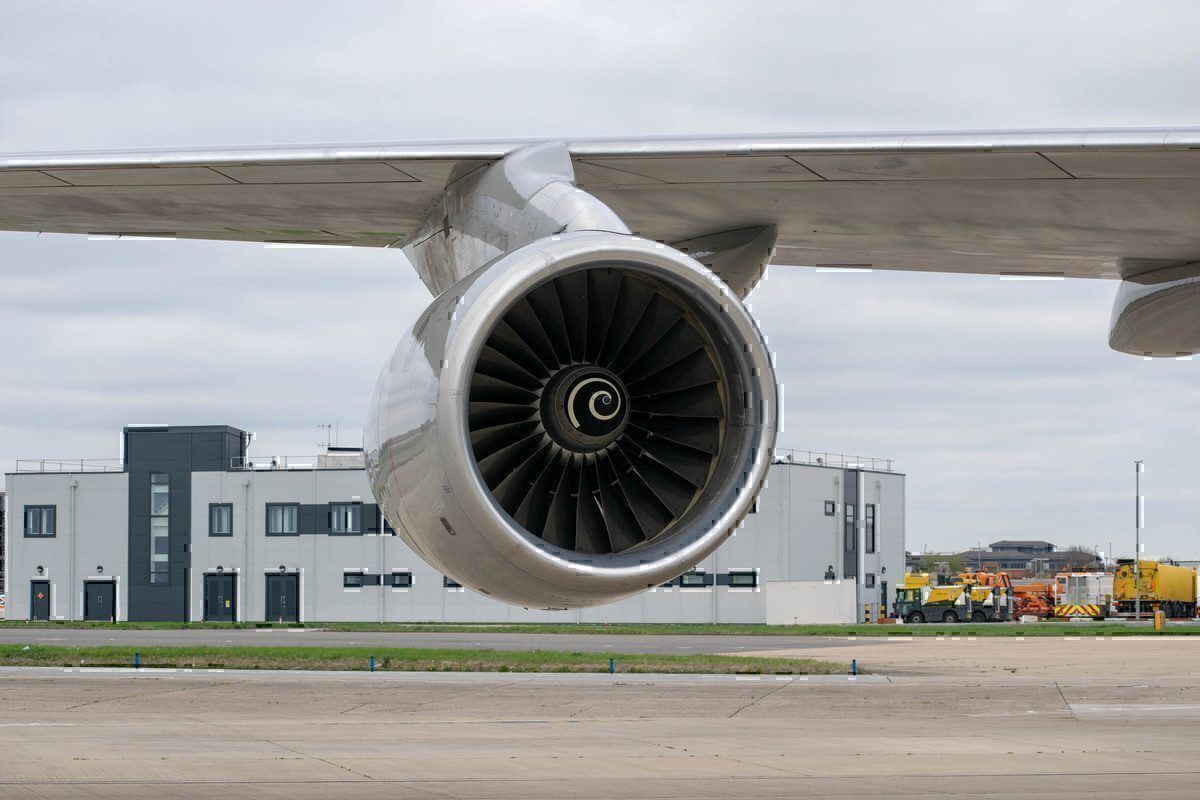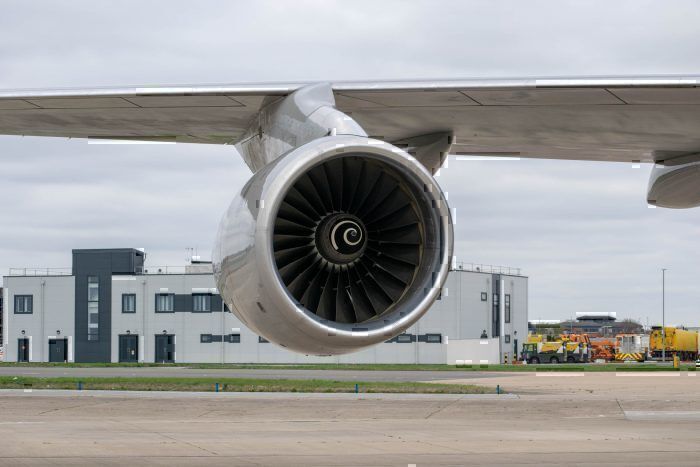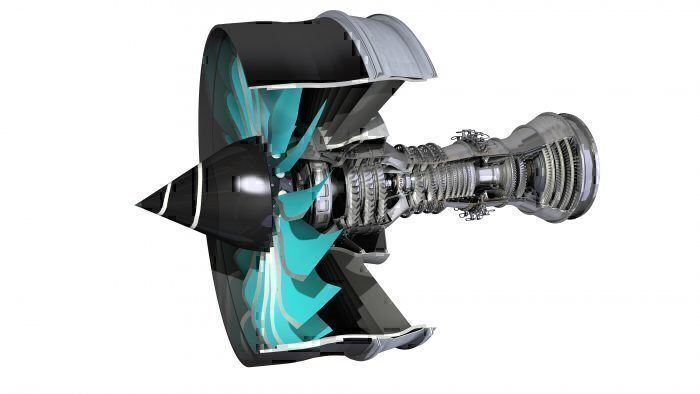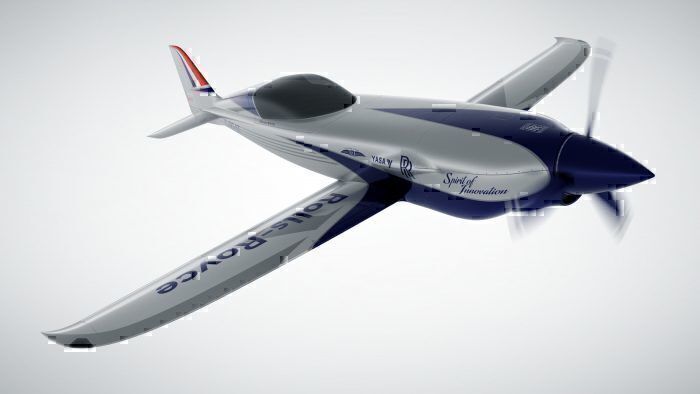The future of aviation is gas turbine engines, at least for now. That’s the position Rolls Royce gave at a recent press briefing attended by Simple Flying. While attractive to many, electrification of large aircraft is not just around the riverbend.
While there is obviously a keen focus on electric aircraft, unfortunately they are still several generations away. Indeed, the company has told how their E-Fan X project, in collaboration with Airbus, is more to do with showing they can do it than about bringing a product to market. There is, however, the potential for very small all-electric aircraft, which the company is tapping into by trying to break the electric aircraft speed record.
Why gas turbines?
While engine manufacturers are busy working away on making engines more efficient, the jump to all-electric or even hybrid is a bigger one than most realise. In fact, the main problem with this type of aircraft is the huge batteries needed. These are both heavy and take up significant space.
Instead, Rolls Royce realises that this technology is at least a generation or two away. As such, while investing in it, the main focus right now is gas turbines. Indeed, the company is looking at ways that they can cut greenhouse emissions. This will eventually lead to "more electric engines".
E-Fan X
E-Fan X is an electric aircraft project being worked on by Rolls Royce and Airbus. The companies plan on flying a British Aerospace RJ100 with one completely electric engine. The aircraft would have three other regular gas turbine engines, just in case. In fact, the first flight of the E-Fan X is targeted for next year.
However, Rolls Royce is not using E-Fan X to develop an electric engine. Instead, the British manufacturer is trying to learn how an electric engine works, and the challenges attached. Additionally, they are hoping to show that it is possible. The main reason cited for this was that currently, the batteries required take up a large chunk of cabin space.
Electrification of small aircraft
The main focus of electric engines right now is on small personal aircraft, of around six to ten seats. Yesterday Simple Flying reported how Californian startup Ampaire had flown their first hybrid Cessna 337. Indeed, Rolls Royce is also targeting small aircraft for electric engine capabilities.
The engine manufacturer is currently working in a project called Accel. Accel is also intended to fly next year. While the aircraft may not have any large scale applications as yet, it is intended to break the current speed record. In fact, it should fly in excess of 300mph. According to Rolls Royce, the project "is intended to pioneer a third wave of aviation in support of Rolls-Royce’s strategy to champion electrification".
Do you think electric aircraft will ever be carrying passengers long haul? If so, when? Let us know in the comments!




